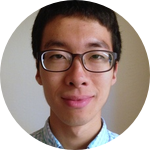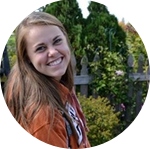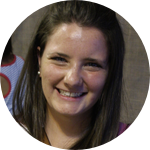About This Project
Climate change will dramatically alter the planet’s biodiversity, yet we know little about how most species will be impacted. This summer we launched a citizen science project that partners with the public to help collect a invasive butterfly–the cabbage white–from across the world to study how the environment affects the traits and genes of this butterfly. This research will improve our ability to predict how species respond to climate change.Ask the Scientists
Join The DiscussionWhat is the context of this research?
Over the last 200 years Pieris rapae (cabbage white butterfly) has spread across the globe to become one of the most abundant butterflies on the planet. Chances are you've seen them around your garden. Because they're accessible and part of the diversity found in everyone's backyard, they're a great for citizen science. Our Pieris Project does just that - partners with the public to do science that increases our understanding of the world and the impact we have on it.
As the cabbage white spread across the world it likely adapted to the new environments it encountered. This makes it also great to study the effects of lots of different environmental factors, including climate change, habitat fragmentation/loss, and agricultural practices. And with your help, this is what we plan to explore!
What is the significance of this project?
As a result of human activities we are now entering what has been called the 6th major extinction. How will species respond to these changes? Can they adapt? Unfortunately we really don’t know the answer for most species. Using the cabbage white as an “ambassador,” we can better understand how other species might adapt to similar environmental changes over the coming century.
By partnering with the public we can accomplish much more than we could ever do alone. Beyond the amazing breadth of data our citizen scientists help us collect and insights they share from the field, this partnership allows the public to take part in the scientific process as a whole. Together we will make discoveries about how species will respond to changes in their environment.
What are the goals of the project?
Our experiment plans to:
- Explore how the genes and wing traits of P. rapae are affected by the different environments it inhabits. (i.e. climate, land use, other species).
- Solve the mystery of how this butterfly spread across the world. Where did it originate from and has it invaded from multiple countries? Similar to how scientists discovered that humans migrated out of Africa, we will explore how this butterfly spread out across all of earth’s continents.
- Design and create Backyard Genomics Explorer Kits that can be used to study and capture specimens in people’s backyard. We want to make it possible so that anyone from across the world that is interested can join our team and has the tools to get started.
Budget
With help from the public, we have already collected samples from various habitats around the world. Now we need funds to do the science. The funds we raise will be used for 3 main purposes:
1) DNA sequencing - Every $40 allows us to sequence the genome of 1 more butterfly. The more we raise, the more we can sequence!
2) Chemical analyses of wing pigments (what makes the butterflies white). This will allow us to look at how agriculture (amount of nitrogen they eat) affects the color of these butterflies.
3) Produce "Backyard Genomic Explorer Kits." For this project to be successful, we need volunteers to send in butterflies from across the globe. These kits will make it so that anyone that wants to participate can.
Meet the Team
Team Bio
Matthew Eng is a PhD candidate in Biological Sciences at University of Notre Dame. He studies mosquitoes and their ability to transmit dengue virus and is a citizen science enthusiast.Sean Ryan is a PhD candidate in Jessica Hellmann's lab at University of Notre Dame, interested in how climate change will affect insect populations. He is also crazy about citizen science and founded the Pieris Project.
Yiyuan Li is a PhD student in Michael Pfrender's lab at the University of Notre Dame and is interested in all things genomics.
Anne Espeset is a PhD student at the University of Nevada, Reno. She is working on how human environmental changes affect sexual selection in Pieris.
Lainey Pasternek is a Master's student at the University of Notre Dame in the Hellman lab studying the effects of climate change in the endangered Karner Blue Butterfly.
Meredith Dolleman is a PhD student in Jeff Feder’s lab at the University of Notre Dame, studying genetics in organisms undergoing speciation.
Pieris Project Team
We are a group of PhD students at the University of Notre Dame and University of Nevada, Reno. Each of us is interested in, and concered about, the impacts that human activities (climate change, land-use, and movement of non-native species) is having on the biosphere, which is why each of us is addressing aspects of these issues in our research.
We also think citizen science is a powerful tool for addressing fundamental and important scientific questions. This led us to create - Pieris Project, a citizen science project that partners with the public to learn how an invasive butterfly (cabbage white) is adapting to changes in it's enviornment. This research will help us to better understand how species respond to changes in their enviornemnt and thus make better predictions and management decisions.
The team:
Sean Ryan (University of Notre Dame; project founder)
Matt Eng (University of Notre Dame)
Anne Espeset (University of Nevada, Reno)
Yiyuan Li (University of Notre Dame)
Lainey Paternak (University of Notre Dame)
Meredith Doellman (University of Notre Dame)
Matthew Eng
I am a PhD candidate in Biological Sciences at University of Notre Dame. I study mosquitoes and their ability to transmit dengue virus and am a citizen science enthusiast.
Sean Ryan
In general I am enamored by the natural world. I love backpacking, photography, gardening, painting, poetry and greatly enjoy nights with tasty food paired with good company and conversation. I am passionate about, and genuinely interested in, efforts that attempt to make the world more sustainable and improve social and environmental well-being.
I am also a PhD candidate at the University of Notre Dame and currently studying the impacts of climate change on the morphology and genetics of a butterfly hybrid zone - Papilio glaucus / Papilio canadensis (Eastern and Canadian tiger swallowtails).
I will be graduating soon and looking for a "real" job...=)
Yiyuan Li
Yiyuan Li is a PhD student in Michael Pfrender's Lab at the University fo Notre Dame, studying conservation genomics.
Lainey Pasternak
Lainey Pasternak is a Master's student at the University of Notre Dame in the Hellman Lab of Climate Change Adaptation. She is studying the effects of climate change on the phenology of the federally endangered Karner Blue Butterfly and synchrony with its host plant, Wild Blue Lupine. Her efforts for the Pieris Project include processing the Cabbage White samples you send in from all over the world for DNA sequencing and wing measurements. In her free time, Lainey enjoys playing soccer, ultimate frisbee, hiking, biking, camping, and exploring.
Meredith Doellman
I am a Ph.D. student in Jeff Feder’s lab at the University of Notre Dame, studying genetics in organisms undergoing speciation. Outside of the lab, I enjoy traveling, sewing, and spending time outdoors.
Press and Media
We have great gifts if you donate:$20 - we will send you a beautifully hand drawn Thank You letter
$40 - we will send you an amazing photo by the renowned photographer Alex Wild http://alexanderwild.com Your choice from one of 5 amazing photos by Alex Wild and a photo of Pieris rapae by our team member Sean Ryan (see Alex's photos bellow)
$100 - we will send you a Backyard Genomics Explorer Kit that includes a butterfly net, butterfly envelopes, collecting vials, a ID guide to butterflies you are likely to see in your area, and a return envelope (in case you catch a cabbage white). This would make a wonderful Holiday gift for nieces, nephews and grandchildren! Plus we will send the Thank You letter and one of Alex Wild's photographs.
Alex Wild's photos for those contributing $40 or more (choose your favorite and we'll send it to you)
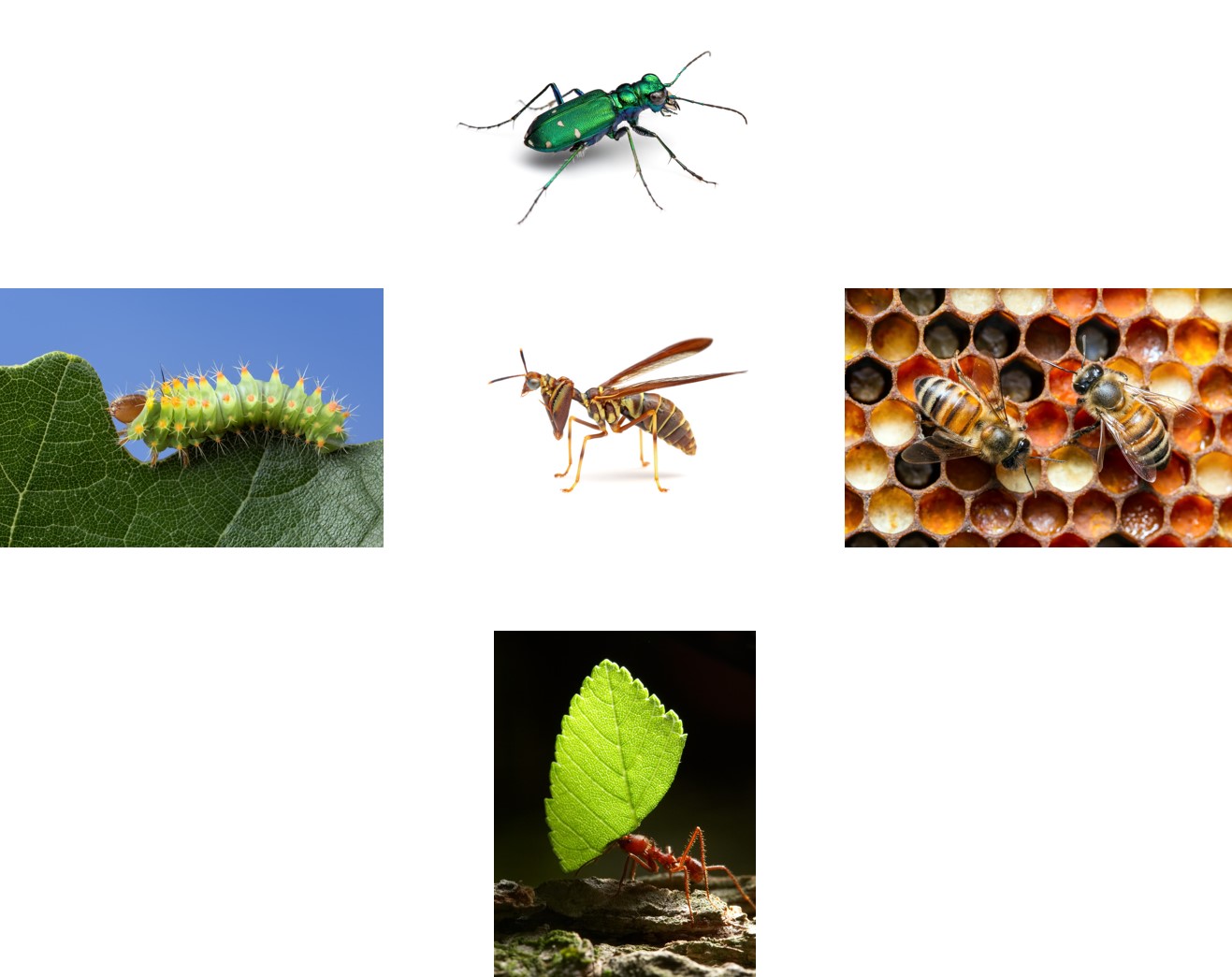
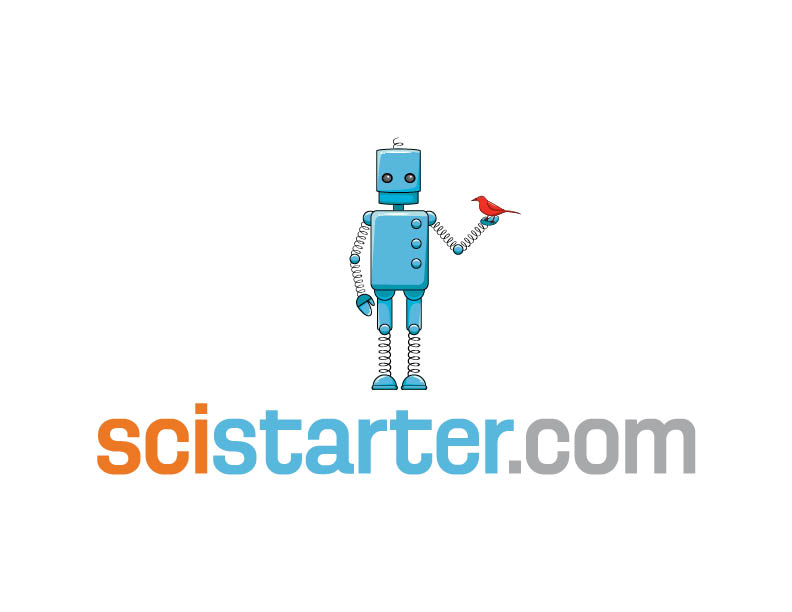
We are featured on the citizen science website SciStarter.

We posted a blog entitled "Sometimes a net is mightier than a fork" on a website that deals with how to combat some invasive species by eating them Invasivore.

We featured a blog on Your Wild Life entitled "Wings of Change"
Our Facebook page
Our Twitter page
Additional Information
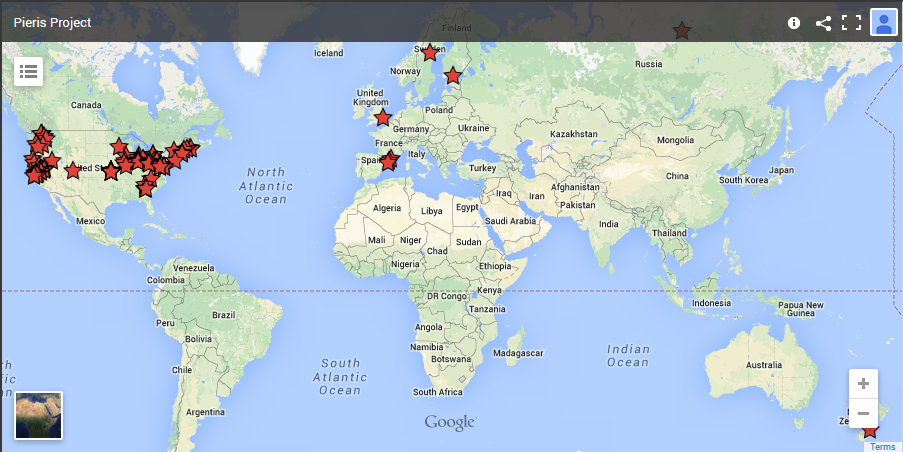 Collection so far, and still getting in more each week!
Collection so far, and still getting in more each week! 
Garden from one of our citizen scientists - Beetle Bob

Photo from one of our citizen scientists - Frederick Gralenski

Family of citizen scientists ready to help collect
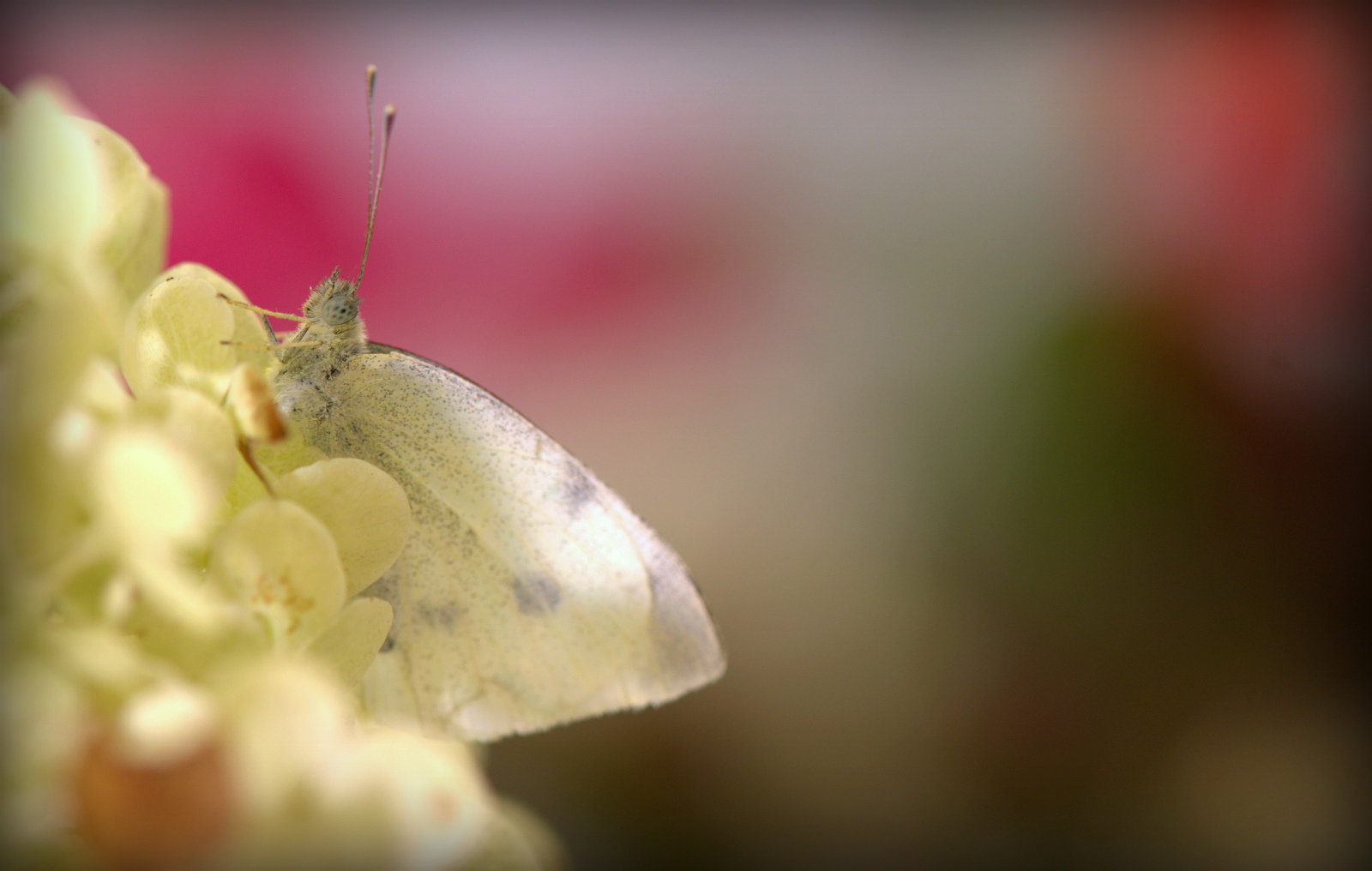
A male cabbage white warming up in the sun

The voracious cabbage white caterpillar feeding on one of it's host plants (usually our crops!)

An adult cabbage white butterfly rests on a nearby leaf
Project Backers
- 104Backers
- 109%Funded
- $6,570Total Donations
- $63.17Average Donation



